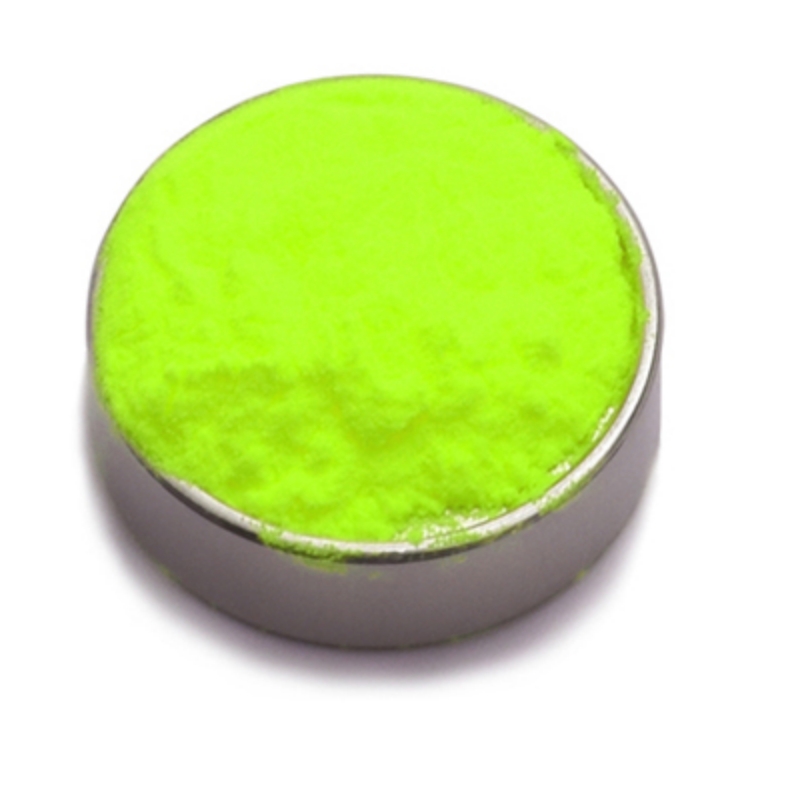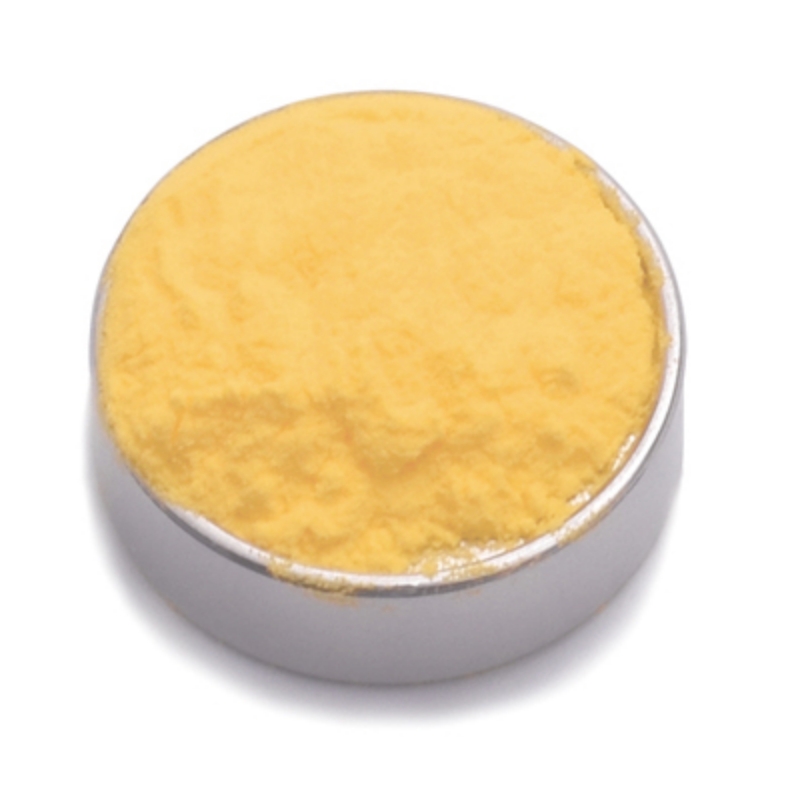Hydrodesulfurization and hydrodearsenification catalyst is a high-performance catalytic material designed to selectively remove sulfur and arsenic compounds from hydrocarbon feedstocks through hydrogenation. Engineered with optimized metal-supported formulations, it ensures superior impurity removal, enhanced reaction kinetics, and prolonged operational stability. This catalyst is widely used in fuel purification, petrochemical refining, and industrial hydroprocessing, delivering reliable performance in controlled hydrogenation environments for clean fuel production.
Product Overview
The hydrodesulfurization and hydrodearsenification catalyst is a new type of catalyst specifically designed for the hydrogenation conversion of organic sulfur compounds, olefins, oxygen, and organic basic nitrogen compounds in feed gases or oils, while also exhibiting excellent arsenic removal capability. The catalyst shows high hydrogenation conversion ability towards various harmful components, efficiently removing sulfur and arsenic to ensure the quality of gases or raw oils. It is widely used in large-scale ammonia synthesis plants, refineries, and other industrial installations. The catalyst has been successfully applied in several industrial units, such as coke oven gas, demonstrating good stability and long-cycle operational capability.
Key Features
- Efficient Desulfurization and Dearsenification: Effectively removes organic sulfur compounds and arsenic compounds from raw gases or oils, improving the quality of gases and oils.
- Broad-Spectrum Hydrogenation Ability: Exhibits high hydrogenation conversion ability for olefins, oxygen, and organic basic nitrogen compounds, ensuring effective purification of raw gases.
- Strong Adaptability: Can stably operate in a variety of industrial installations, making it widely applicable in ammonia synthesis plants, refineries, and large-scale production lines.
- High Stability: Demonstrates good stability during long-term operations, with strong adaptability that reduces the frequency of replacement and maintenance costs.
Applications
- Ammonia Synthesis Plants: Used for arsenic removal and hydrodesulfurization in raw gases, improving the efficiency of the ammonia synthesis process.
- Refineries: Widely used in refining processes for desulfurization, dearsenification, and removal of harmful components from gases or oils.
- Coke Oven Gas Treatment: Successfully applied in the hydrogen desulfurization and dearsonification of industrial gases such as coke oven gas, optimizing gas composition.
| Physical and Chemical Properties | |
| Property Name | Value |
| Appearance | Yellow-green spherical |
| Specification (mm) | Ф(2—4) |
| Bulk Density (kg/L) | 0.60-0.80 |
| Radial Crushing Strength (N/cm, average) | ≥ 50 |
| Abrasion Rate (%) | ≤ 3.0 |
| Process Condition | Value |
| Organic sulfur content in raw gas (or oil), ppm | ≤ 200 |
| Arsenic content (ppb) | ≤ 200 |
| H₂/oil ratio (when using liquid hydrocarbons as raw material), V | 60-100 |
| Pressure (MPa) | 2.0-6.0 |
| Temperature (°C) | 300-400 |
| Space Velocity (h⁻¹) | 0.5-6 |
| Sulfur content in generated oil (ppm) | < 0.2 |
| Arsenic content (ppb) | ≤ 10 |
Submit Your RequirementsWe will contact you within 24 hours.
 WOBO Scientific Research New Materials One-Stop Service Platform
WOBO Scientific Research New Materials One-Stop Service Platform











